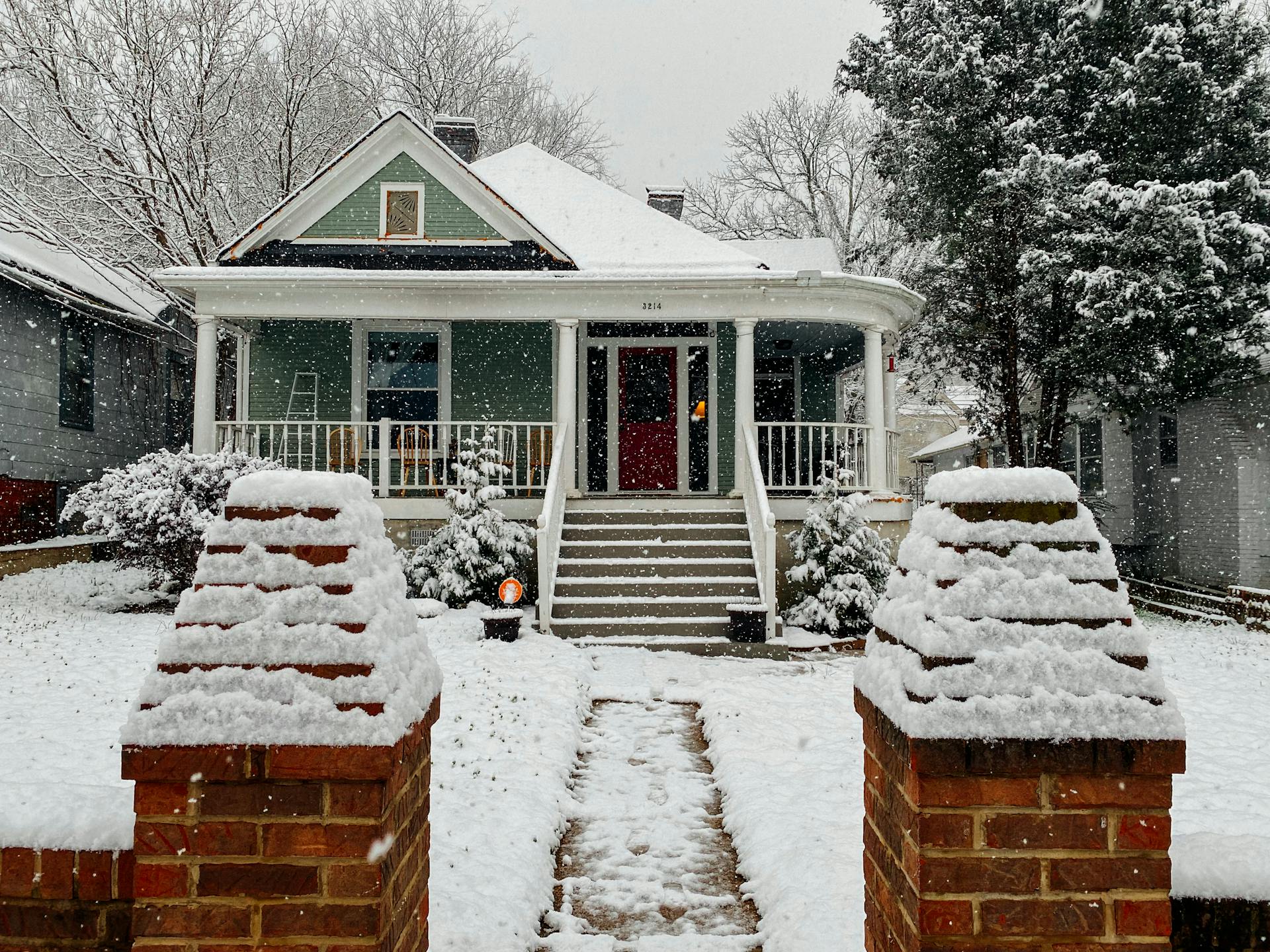

A Charming Architectural Style
Bungalows offer a unique blend of practicality, charm, and affordability, making them a popular choice for homeowners across various demographics. Their single-story design and emphasis on open living spaces create a welcoming atmosphere. This article explores them, from their origins to their enduring appeal in modern architecture.
Origins and Evolution
The style originated in the Bengal region of India during the British colonial era. These simple, one-story homes provided much-needed shelter from the intense heat and monsoon rains. The British adapted the design for use in other parts of their empire. The style eventually made its way to the United States in the late 19th century, where it quickly gained popularity, particularly in California.
The American bungalow evolved, incorporating elements of the Arts and Crafts movement, with an emphasis on natural materials, handcrafted details, and functional design. By the early 20th century, they had become a staple of the American suburban landscape, symbolizing a simpler, more comfortable way of life.
Click here for more information on Orangeville realtors
Related Article: What is the Definition of a Bungalow?
Related Article: What is a Bungalow in Canada?
Related Article: Does Bungalow Mean No Basement?
Related Article: Are Bungalows Always Detached?
Related Article: What’s the Difference Between a House and a Bungalow?
Variations of the Bungalow Style
Over the years, regional variations emerged, each adapting the core design principles to suit local climates and cultural preferences. For example, the California bungalow often features stucco walls and Spanish tile roofs, while the Chicago bungalow is typically clad in brick and boasts a wider front porch.
Other notable variations include the Craftsman bungalow, known for its intricate woodwork and attention to detail, and the Prairie bungalow, which emphasizes horizontal lines and integration with the surrounding landscape. These adaptations showcase theor versatility and adaptability.
California Bungalow:
Often incorporates Spanish Colonial influences.Chicago Bungalow:
Commonly features brick construction and a distinctive front porch.Craftsman Bungalow:
Emphasizes handcrafted details and natural materials.Prairie Bungalow:
Inspired by the Prairie School of architecture, featuring horizontal lines and low profiles.
Related Article: Are Bungalows a Good Investment in Canada?
Related Article: What Adds the Most Value to a Bungalow?
Related Article: Are Bungalows Cheaper to Build?
Related Article: What is the Best Layout For a Bungalow?
Related Article: What is a Split Type Bungalow?
The Resurgence of Popularity
In recent years, they have experienced a resurgence in popularity, attracting a new generation of homeowners drawn to their timeless appeal. Specifically, their compact size, single-story layout, and low-maintenance features make them ideal for downsizers, first-time buyers, and those seeking a more sustainable lifestyle.
The flexibility of the design allows for easy customization and renovation. Homeowners can update the interiors while preserving the original character of the home, creating a space that blends classic charm with modern amenities. This adaptability contributes significantly to their ongoing appeal.
Related Article: What are the Benefits of Living in a Bungalow?
Related Article: What are the Advantages and Disadvantages of a Bungalow?
Related Article: Can You Put An Upstairs On a Bungalow?
Related Article: Can a Bungalow Have a Staircase?
Related Article: Are Bungalows Harder to Heat?
Related Article: Do Bungalows Cost Less to Heat?
Modernizing a Bungalow
While preserving their original charm is often desirable, modernizing certain aspects can enhance both comfort and functionality. For instance, updating the kitchen with contemporary appliances and adding a new bathroom can significantly improve the home’s livability.
Enhancing energy efficiency through upgrades like insulation, double-paned windows, and solar panels can reduce utility costs and contribute to a more sustainable lifestyle. Creating a seamless transition between indoor and outdoor living spaces, perhaps by expanding the back porch or adding a deck, can further enhance their inherent connection with nature.
Conclusion
From their humble origins in India to their enduring popularity in the United States, they continue to capture the hearts of homeowners with their unique blend of charm, practicality, and affordability. Whether you admire the classic Craftsman style or the simplicity of the California bungalow, there’s likely a variation that suits your taste. The adaptability and their timeless appeal ensure their place as a beloved architectural style for generations to come.


